An experimental film made in 1991 explores Sylvia Plath’s hyperactive, mythological, clairvoyant, death-foretold approach to ecstatic confessional poetry.
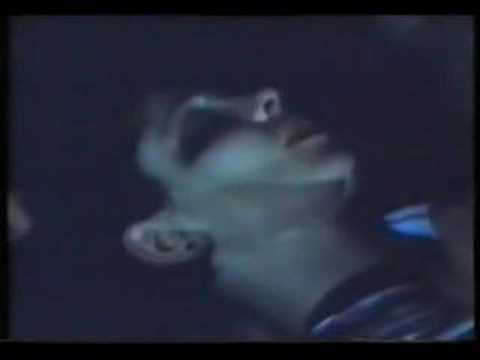
Watch this video on YouTube
Lady Lazarus – A Film Spoken By Sylvia Plath, By Sandra Lahire, the first part of a trilogy, Living on Air, 1991.
Sylvia Plath (1932 – 1963) was one of the most dynamic and admired poets of the twentieth century. Controversy continues to surround the events of her life and death, as well as her writing and legacy. Plath’s work is often held within the genre of confessional poetry, the style compared to contemporaries such as Robert Lowell, Anne Sexton, and W.D. Snodgrass, with influence from Emily Dickinson, Fyodor Dostoyevsky, James Joyce and Henry James. She colored her “confessions” with a frame of history, saying, “I think that personal experience shouldn’t be a kind of shut box and mirror-looking narcissistic experience. I believe it should be generally relevant, to such things as Hiroshima and Dachau, and so on.”
STORY: Spoken Word: Challenging Mainstream Discourse on Climate
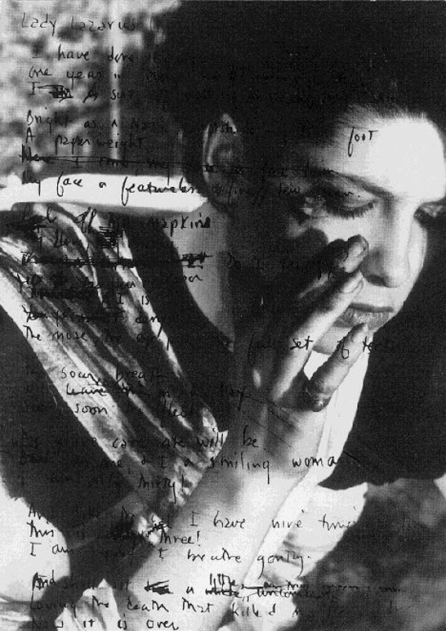

From Daddy:
Not God but a swastikaSo black no sky could squeak through.Every woman adores a Fascist,The boot in the face, the bruteBrute heart of a brute like you.
On the World Socialist Web site, Margaret Rees observed, “Whether Plath wrote about nature, or about the social restrictions on individuals, she stripped away the polite veneer. She let her writing express elemental forces and primeval fears. In doing so, she laid bare the contradictions that tore apart appearance and hinted at some of the tensions hovering just beneath the surface of the American way of life in the post war period.”
From Lady Lazarus:
Comeback in broad dayTo the same place, the same face, the same bruteAmused shout:‘A miracle!’That knocks me out.There is a chargeFor the eyeing of my scars, there is a chargeFor the hearing of my heart——It really goes.
In the New York Times Book Review, former American Poet Laureate Robert Pinsky declared, “Thrashing, hyperactive, perpetually accelerated, the poems of Sylvia Plath catch the feeling of a profligate, hurt imagination, throwing off images and phrases with the energy of a runaway horse or a machine with its throttle stuck wide open. All the violence in her work returns to that violence of imagination, a frenzied brilliance and conviction.” Pinsky further stated that Plath “suffered the airless egocentrism of one in love with an ideal self.”
From Ariel:
Black sweet blood mouthfuls,Shadows.Something elseHauls me through air—Thighs, hair;Flakes from my heels.WhiteGodiva, I unpeel—Dead hands, dead stringencies.
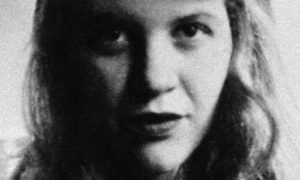

Her marriage to Ted Hughes, British poet laureate was tumultuous, with much negative attention on the latter. He once summarized Plath’s unique personality and talent: “Her poetry escapes ordinary analysis in the way clairvoyance and mediumship do: her psychic gifts, at almost any time, were strong enough to make her frequently wish to be rid of them. In her poetry, in other words, she had free and controlled access to depths formerly reserved to the primitive ecstatic priests, shamans and Holymen.”
Experimental feminist film-maker Sandra Lahire, who died in 2001, cast a magical air to the mytho-poem of Lady Lazarus. The Guardian characterized her work thusly: “Fragments of dazzling violence were cut and stitched together to produce a dreamscape of images that bombarded the senses, carrying the spectator in and out of bodies, across time and space, into haunted and haunting worlds. In the tradition of Frida Kahlo and Leonor Fini, who were two of her favorite painters, and of course Sylvia Plath, Lahire created a filmic world of almost surreal intensity.”
Updated 15 July 2021



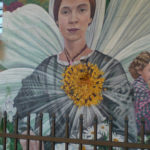
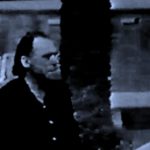
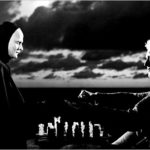
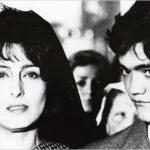






“Dying is an art
Like everything else.
I do it exceptionally well.
I do it so it feels like hell.
I do it so it feels real”
Thanks for this, I have always loved Ms Plath. And Ms. Sexton, as well.
Pingback: Maya Deren: Divine Horsemen Dance the Living Gods of Haiti | WilderUtopia.com
Pingback: Visual Poems, Silent Dances of the Maquette Theatre